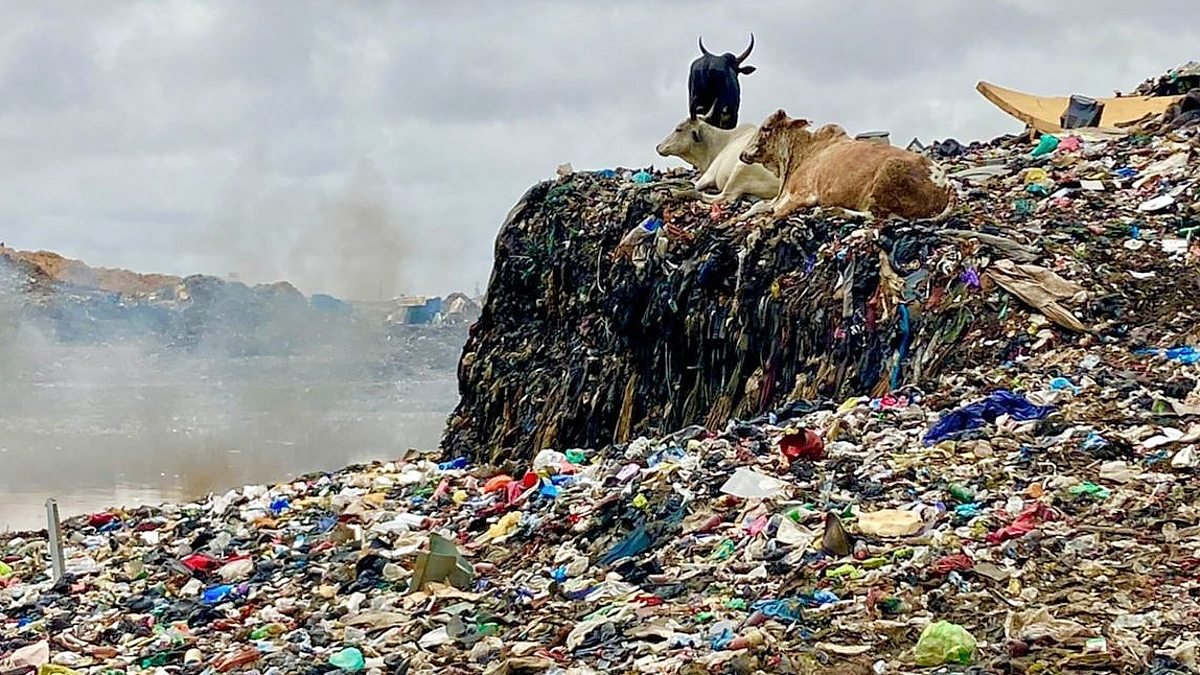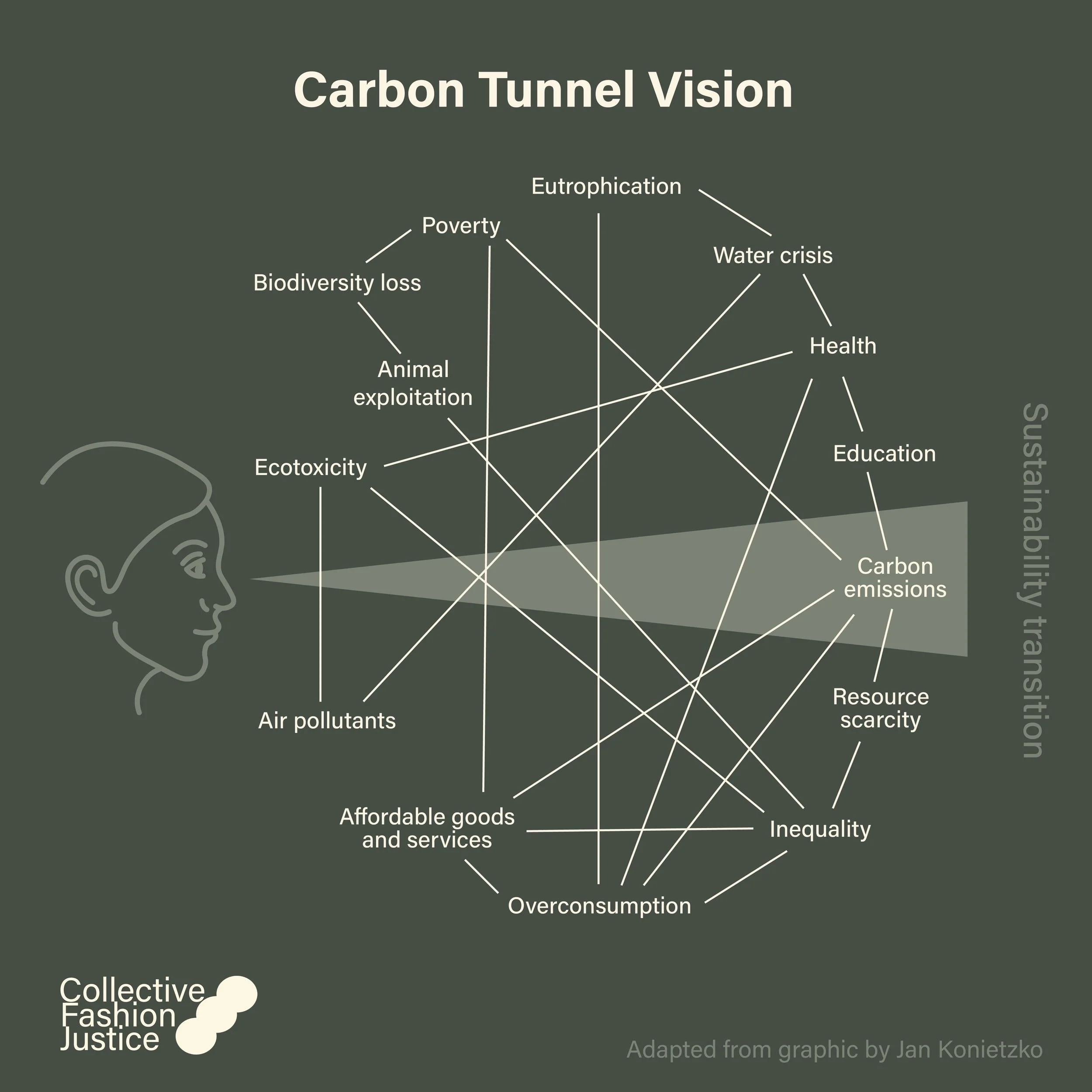Greenhouse gas emissions for fashion
As our planet continues to warm, we need to choose materials and processes that emit less carbon and protect the planet we all share.
Image: Kerstin Langenberger

Fashion is responsible for up to 10% of global emissions.
Over production, fossil fuel energy use, rising synthetic material use and methane from exploited ruminant animals in the industry are all serious problems we must overcome.
It’s possible for us to create a fashion industry that respects our planet’s climate, if we act now.
Fossil fuel extraction is the leading cause of the climate crisis, with the Intergovernmental Panel on Climate Change calling for an urgent phase out of fossil fuels.
The IPCC, an intergovernmental body of the United Nations, has also stated that in order to halt further global warming, all new planned fossil fuel infrastructure must be cancelled, and we must move towards renewable energy sources.
This not only impacts the energy which powers fashion supply chains, but the materials fashion uses. Fashion must work to move beyond the use of virgin fossil fuel materials as fabrics.
Methane and carbon emissions
Methane
The UN has long stated that the farming of our fellow animals is a serious environmental problem, largely due to the methane released into the atmosphere by ruminant animals like cattle and sheep, through enteric fermentation. IPCC reporting also recognises the need to move beyond our reliance on animal agriculture to cut methane emissions by one third – an essential goal to curb climate crisis.
The FAO found that emissions from animal agriculture are more significant than the exhaust emissions from every transportation vehicle - planes included - in the world.
Methane is 86x more potent than CO2 in the short-term. Addressing methane is a fast and effective way to reduce global warming now.
Carbon
Trees and plants create oxygen for us all. They are largely made of carbon and they securely store carbon. When trees are cut down, they release this stored carbon into the atmosphere, warming the Earth’s climate.
Because so much land is cleared for animal agriculture, deforestation and biodiversity destruction associated with farming, killing and wearing animals causes further, enormous carbon emissions.
Our reliance on wool, leather and other animal-derived materials in the fashion industry plays a significant part in this problem. Fortunately, there is a way forward.
Image: A large amount of cattle are fed and confined to feedlots for at least part of their short lives.
Here’s how a few different products and materials compared:
-
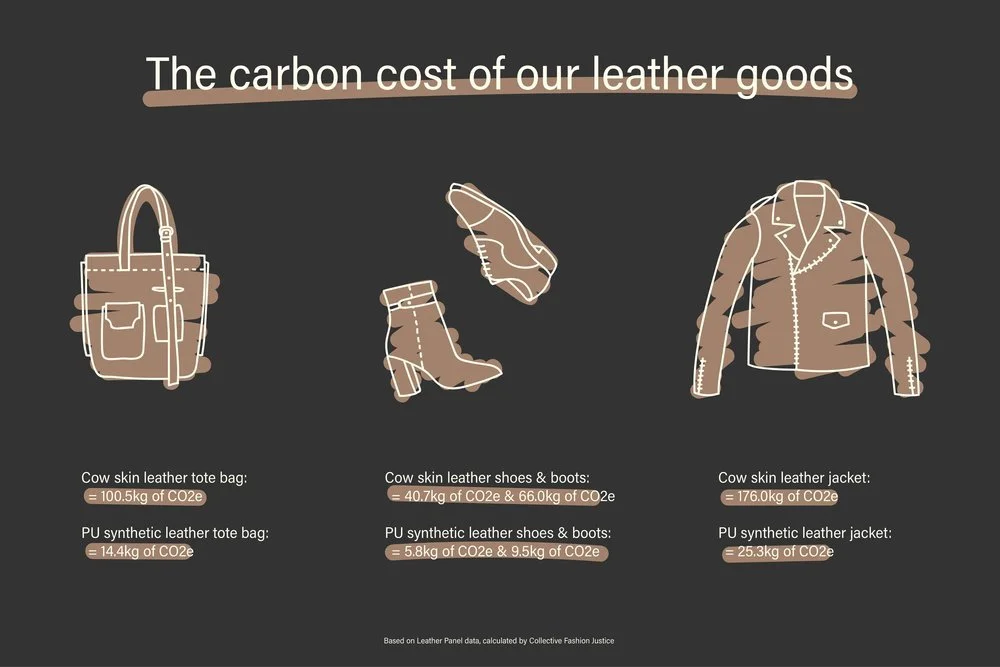
Cow skin compared to synthetic leather
Neither animal-derived or synthetic leather are solutions — we need total ethics leather alternatives — but it’s valuable to see just how must worse cow skin leather is for our climate than even a fossil-fuel derived material.
A jacket made from cow skin leather has a carbon equivalent footprint more than 150kg more significant.
Bio-based alternatives to both animal-derived and synthetic leather have even smaller climate footprints, making them an important part of fashion’s future. -

Comparing common animal and plant-based fibres
The emissions caused by raw material production vary greatly between fibres. Animal-derived materials are particularly climate impactful, largely due to enteric fermentation. Plant-based fibres are more efficient and climate-friendly, and recycled materials are great choices too.
Switching from animal-derived and synthetic materials and towards plant and bio-based, as well as recycled materials is critical to addressing our human-induced climate crisis.

Using land for animal agriculture comes with a ‘carbon opportunity cost’, too.
This is because animal agriculture is inefficient. With a transition to plant-based agriculture, enormous amounts of land could be rewilded.
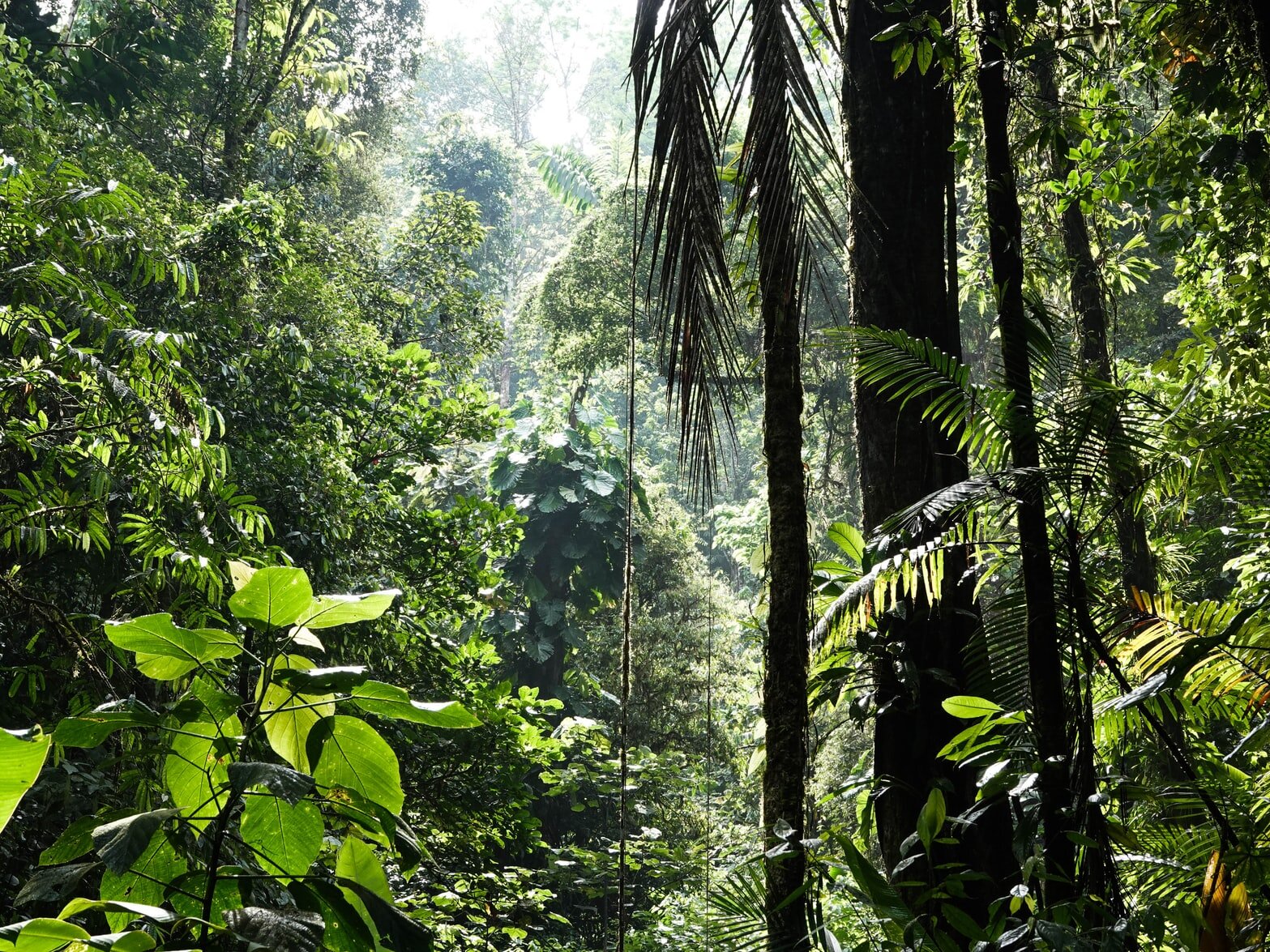
If we transitioned to an entirely plant-based agricultural system by 2050, we could sequester 99-163% of our carbon emission budget to 1.5 C.
This budget represents the total amount of carbon emissions we have left to release before any action is too late.
To reduce emissions in fashion, we also need to produce less, and stop sending so many clothes to landfill
In order for the fashion industry to exist within planetary boundaries, it must accept the value of degrowth. Less production means less emissions, and while an estimated 100 billion garments are produced each year, this problem will persist.
Too, as clothing breaks down in landfill — and we send a garbage truck full of clothing there each second around the globe — potent methane is released.
Image via BBC
Reducing emissions is critical, but alone, will not solve ecological crisis:
To create a genuinely sustainable fashion industry, we must take a total ethics approach.

The future of fashion doesn’t cost the Earth.
Want to keep learning?
-

Carbon cost of our leather goods
Calculations of carbon and cow skin leather products shows us that a care for environmental wellbeing is not aligned with leather production.
-

The IPCC’s Mitigation of Climate Change report explained
Exploring sources of global emissions, solutions to remedy the climate crisis, and our timeline to do so, before it’s too late.
-
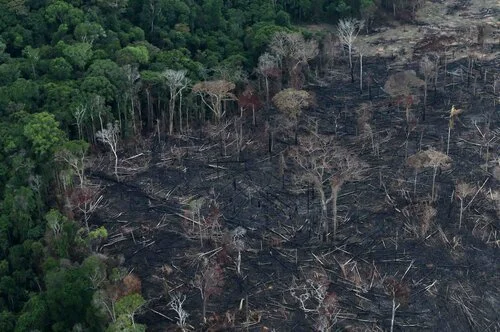
Deforestation and biodiversity
The animal-derived materials used for fashion are a leading cause of deforestation and associated biodiversity destruction and extinction.






